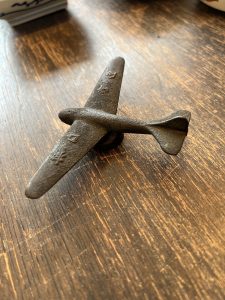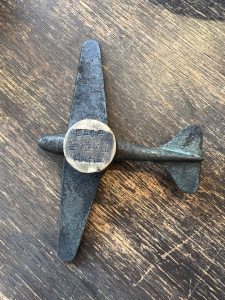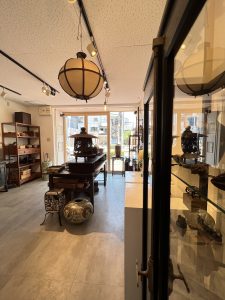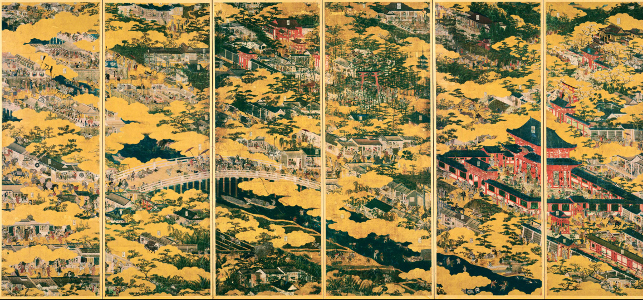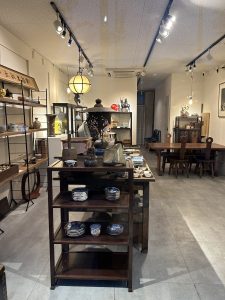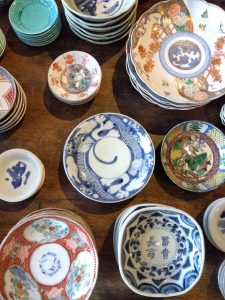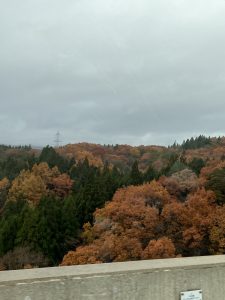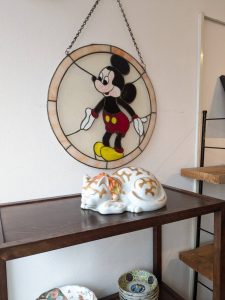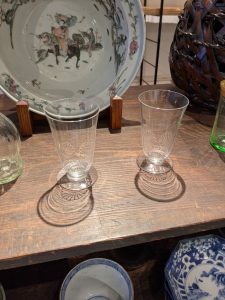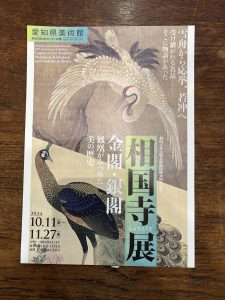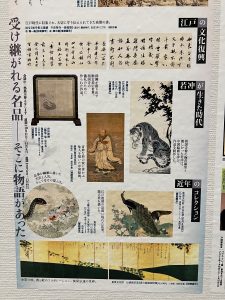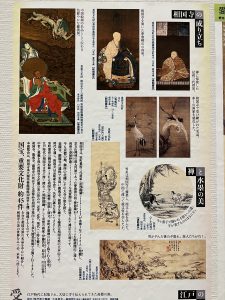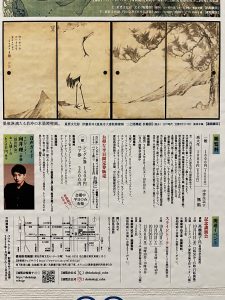どちら派ですか?(愛知県名古屋市千種区姫池通 骨董買取 古美術風光舎)
2024.11.24
皆さまこんにちは、スタッフTでございます。
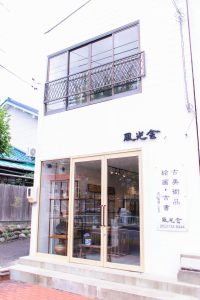
ホットコーヒーが沁みる朝、ぐっと冷え込む日が続いています。気付けば11月もあと1週間となり、来年のカレンダーや手帳を買い求める季節になりました。
ところで、いつもみなさんが使っているカレンダーは「どっち」ですか?
何のことかと言いますと、「日曜始まり」か「月曜始まり」かということです。
週の始まりをどちらにするかは人それぞれかと思いますが、どうやら手帳は月曜始まりが多いのに対して、カレンダーは日曜始まりが多いようです。日曜始まりにしなければいけないという決まりや規格はないようですが、日本で売られているカレンダーの約9割は日曜始まりだそう。
カレンダーが日曜から始まりが多い背景には、宗教的な要素が背景にあるようです。
日本が太陽暦を採用したのは1872年(明治5年)。それまでは月の満ち欠けを基準にした太陰暦が使われていました。太陰暦では現在の曜日の代わりに「大安」「友引」などの六曜が使われていました。
ユダヤ教では安息日は土曜日、キリスト教の礼拝日は日曜日と違いはありますが、キリスト教でも、週の始まりは日曜日です。このように、歴史・文化的に、暦上の週の始まりは日曜日とされ、このため、日本でも太陽暦の導入とともに日曜日が週の始まりとして、今でもカレンダーの多くが日曜始まりになっているようです。
ところが、キリスト教の国が多いはずのヨーロッパのカレンダーは、現在では月曜日始まりが多いといいます。
これは、1971年のISO(国際標準化機構)の勧告で、官公庁や多くの企業の始業に合わせて実務上、週の始まりは月曜からにするという規定ができたためだそうです。
ルーツは同じでも、現在ではアメリカや日本では日曜始まり、ヨーロッパでは月曜始まりが主流となっているそうです。
一方、手帳の品ぞろえは月曜始まりが主流のようです。 月曜始まりの考え方は1973年のオイルショックなどの影響で、企業などが週休2日制を導入したことがきっかけ。手帳はこのライフスタイルの変化に合わせ、80年代末ごろから月曜始まりが主流となったようです。ビジネスシーンにおいては月曜から予定を書き込める方が使い勝手が良いのでしょう。
パッと見るだけで日付が分かるのがカレンダーの良いところ。日曜始まりに見慣れているのに急に変えたら見にくく感じます。今年は癒しを求めて、犬や猫のカレンダーを買おうかと迷っているのですが、結局いつも同じもを使うような気がします。なかなか冒険できません。
ではでは、また。
Hello everyone, this is Staff T.
It is a morning when hot coffee is sinking in and the days are getting much colder. It is now time to start shopping for next year’s calendars and organizers.
By the way, which calendar do you always use?
What I mean is, “Sunday” or “Monday”?
It is up to each person to decide which week starts first, but it seems that most notebooks start on Monday, while most calendars start on Sunday. There is no rule or standard that says calendars must start on Sunday, but it is said that about 90% of calendars sold in Japan start on Sunday.
Religious factors seem to be behind the fact that most calendars start on Sunday.
Japan adopted the solar calendar in 1872. Until then, a lunar calendar based on the phases of the moon was used. In the lunar calendar, six days of the week such as “O-an” and “Tomohiki” were used instead of the current days of the week.
In Judaism, the Sabbath is on Saturday, and in Christianity, the day of worship is on Sunday, although there are differences, but even in Christianity, the week begins on Sunday. Thus, historically and culturally, the beginning of the calendar week is considered to be Sunday. For this reason, with the introduction of the solar calendar, Sunday was also considered to be the beginning of the week in Japan, and many calendars still begin on Sunday.
However, in Europe, where many countries are supposed to be Christian, most calendars now begin on Monday.
This is due to a 1971 ISO (International Organization for Standardization) recommendation that, in practice, the start of the week should begin on Monday to coincide with the start of the work week for government offices and many companies.
Although the roots are the same, the Sunday start is now the norm in the U.S. and Japan, while the Monday start is the norm in Europe.
On the other hand, Monday is still the most common way to organize one’s notebooks. The idea of starting on Monday was triggered by the oil crisis of 1973, which led companies and others to introduce a two-day workweek. In response to this change in lifestyle, Monday-bound notebooks became the mainstream from around the end of the 1980s. In the business world, it is probably more convenient to be able to write down appointments starting on Monday.
The good thing about calendars is that you can tell the date just by looking at it. I am used to seeing it starting on Sunday, but if I suddenly change it, I feel it is difficult to see. This year, I am thinking about buying a dog or cat calendar for comfort, but I think I will always end up using the same one.
Well, I’ll see you soon.
*******************
ご実家の整理やお片付けなどをされている方のご相談などが多くございます。
お片付けなどくれぐれもご無理のないようになさってくださいませ。
風光舎では古美術品や骨董品の他にも絵画や宝石、趣味のお品など様々なジャンルのものを買受しております。
お片付けをされていて、こういうものでもいいのかしらと迷われているものでも、どうぞお気軽にご相談下さいませ。
また風光舎は、出張買取も強化しております。ご近所はもちろん、愛知県内、岐阜県、三重県その他の県へも出張いたします。
まずは、お電話お待ちしております。
愛知県名古屋市千種区姫池通
骨董 買取【古美術 風光舎 名古屋店】
TEL052(734)8444
10:00-18:00 OPEN
#出張買取#骨董#古美術#骨董品#絵画#版画#茶道具#刀剣#彫刻

